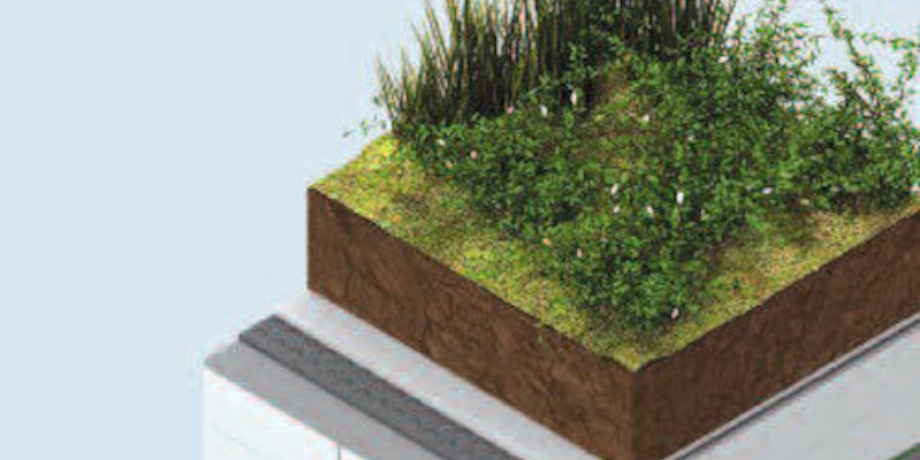Pairing Up Bioclimatic Architecture and Thermal Insulation

Embracing Nature for an Energy-Efficient Home
When constructing a home, considering nature's gifts can lead to a more functional and energy-efficient living space. The increasing concerns about high energy consumption and its environmental impacts make it crucial to explore sustainable solutions. By integrating bioclimatic architecture with advanced insulation techniques, you can significantly reduce your home's energy needs and minimize its environmental footprint.
Understanding Bioclimatic Design
Bioclimatic design is an architectural approach that harmonizes with nature to reduce energy consumption. This design utilizes natural energy sources like the sun, wind, and water to maintain comfortable indoor conditions with minimal reliance on mechanical systems. While similar to passive solar design, which uses natural energy without mechanical devices, bioclimatic design is more comprehensive. It encompasses various methods and techniques aimed at energy efficiency, sustainability, and environmental protection.
Key Concepts of Bioclimatic Design
1. Passive and Active Solar Systems:
- Passive systems capture and distribute solar energy without mechanical assistance.
- Active systems employ mechanical and electrical devices to collect and convert solar energy.
2. Sustainable Architecture:
- Eco-friendly materials: Use materials that are non-toxic and environmentally sustainable.
- Minimising waste: Apply construction methods that avoid toxic waste and harmful emissions.
- Recyclability: Select materials that can be recycled or repurposed at the end of the building's life.
3. Renewable Energy Sources:
- Utilise solar radiation for heating and cooling, wind or water for energy production, and biomass for fuel.
4. Self-Sufficient Homes:
- Design homes to operate independently of centralised energy systems by using solar or wind energy and harvesting rainwater.
5. Building Positioning and Shading:
- Position buildings with openings facing south to maximise sunlight exposure in winter and natural light year-round.
- Incorporate reflective materials and colours for effective cooling in summer.
6. Thermal Mass and Ventilation:
Use the building’s thermal mass to store heat during the day and release it at night, coupled with natural ventilation to regulate temperature.
7. Building Envelope:
- Ensure the building envelope is well-insulated to maintain indoor comfort, improve energy efficiency, and enhance airtightness.
Integrating Insulation with Bioclimatic Design
Insulation is a critical component of bioclimatic design, directly affecting energy consumption and environmental impact. By choosing eco-friendly insulation materials, you can achieve energy efficiency while protecting the environment. Modern insulation materials are designed to be both effective and sustainable, considering their entire life cycle from production to disposal.
Building Envelope Insulation:
- Invest in advanced exterior insulation systems that offer multiple layers of protection, ensuring airtightness, thermal efficiency, and aesthetic appeal.
Green Roofs:
- Green roofs, popular in both rural and urban settings, provide insulation, reduce noise, and enhance the building's aesthetics. While the natural vegetation offers some insulation, it’s crucial to incorporate additional rigid insulation layers to meet building code requirements.
Conclusion
By incorporating bioclimatic design and effective insulation, you can build a home that not only minimizes energy consumption but also aligns with sustainable and environmentally friendly practices. Nature offers a wealth of resources—use them wisely to create a comfortable, energy-efficient, and eco-conscious living space.
Improve your home insulation with our high-quality insulation products. Call us today, visit our online store or contact us for assistance by email.
































































































































